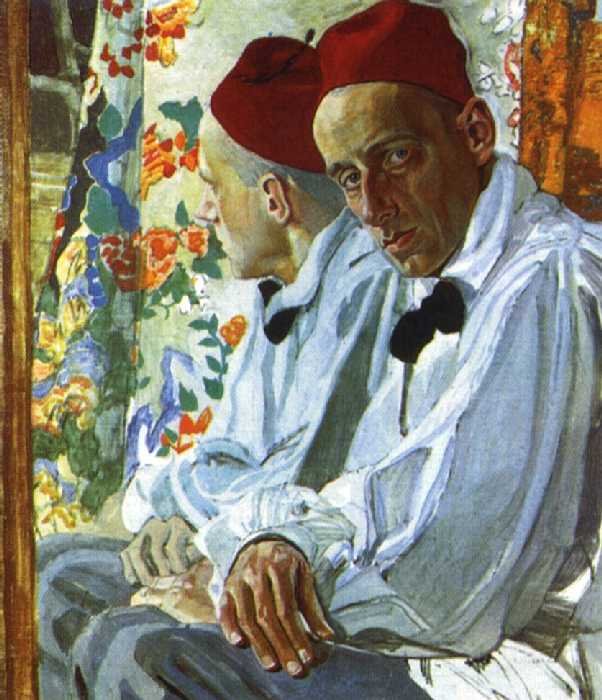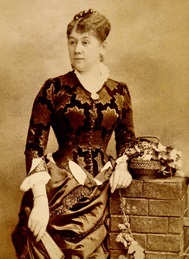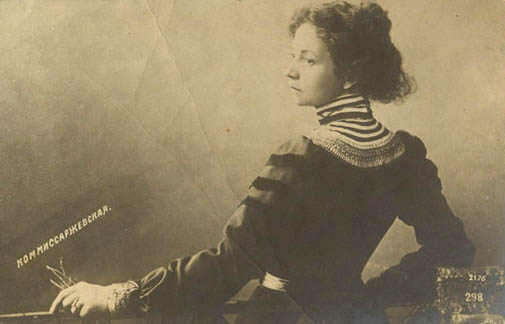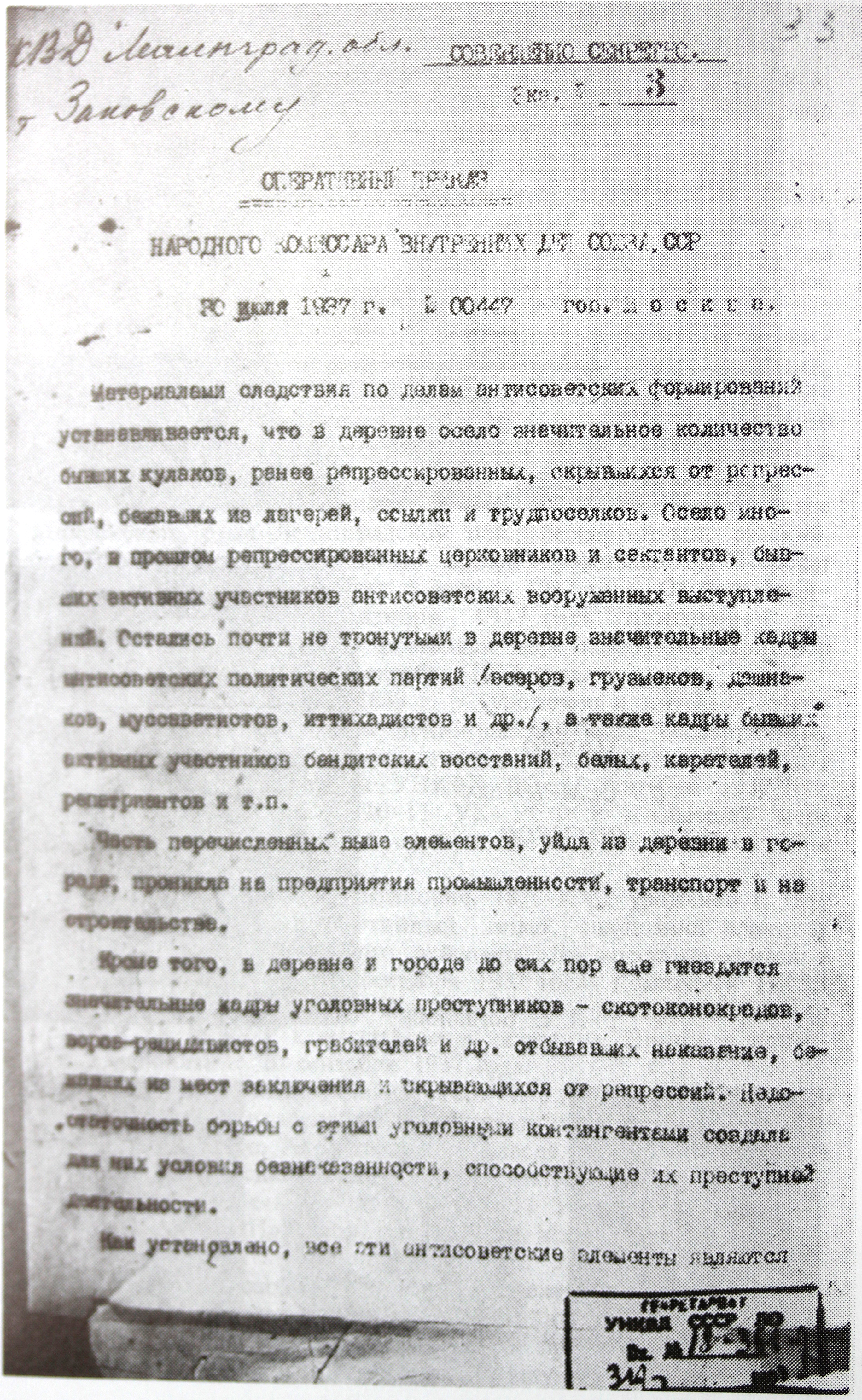|
Meyerhold
Vsevolod Emilyevich Meyerhold (; born ; 2 February 1940) was a Russian and Soviet theatre director, actor and theatrical producer. His provocative experiments dealing with physical being and symbolism in an unconventional theatre setting made him one of the seminal forces in modern international theatre. During the Great Purge, Meyerhold was arrested in June 1939. He was tortured, his wife was murdered, and he was executed on 2 February 1940. Life and work Early life Vsevolod Meyerhold was born Karl Kasimir Theodor Meyerhold in Penza on to Russia Germans, Russian-German wine manufacturer Friedrich Emil Meyerhold and his Baltic Germans, Baltic German wife, Alvina Danilovna (). He was the youngest of eight children.Pitches (2003, pg. 4) His father came from an old noble family Meyerhold von Ritterholm. The elder Meyerhold emigrated to Russia in the 1850s. After completing school in 1895, Meyerhold studied law at Moscow University but never completed his degree. He was ... [...More Info...] [...Related Items...] OR: [Wikipedia] [Google] [Baidu] |
Konstantin Stanislavski
Konstantin Sergeyevich Stanislavski ( rus, Константин Сергеевич Станиславский, p=kənstɐnʲˈtʲin sʲɪrˈɡʲejɪvʲɪtɕ stənʲɪˈslafskʲɪj, links=yes; ; 7 August 1938) was a seminal Russian and Soviet theatre practitioner. He was widely recognized as an outstanding character actor, and the many productions that he directed garnered him a reputation as one of the leading theatre directors of his generation. His principal fame and influence, however, rests on his "system" of actor training, preparation, and rehearsal technique. Stanislavski (his stage name) performed and directed as an amateur until the age of 33, when he co-founded the world-famous Moscow Art Theatre (MAT) company with Vladimir Nemirovich-Danchenko, following a legendary 18-hour discussion. Its influential tours of Europe (1906) and the US (1923–24), and its landmark productions of ''The Seagull'' (1898) and ''Hamlet'' (1911–12), established his reputation an ... [...More Info...] [...Related Items...] OR: [Wikipedia] [Google] [Baidu] |
Zinaida Reich
Zinaida Nikolayevna Reich (the last name also spelled Raikh or Raih; ; – 15 July 1939) was a Russian actress and one of the main stars of the Meyerhold Theatre until it was closed under Joseph Stalin. Reich married poet Sergey Yesenin and had two children with him. After their divorce, she married the theatre director Vsevolod Meyerhold. In 1939 Meyerhold was arrested by the NKVD, and she was brutally stabbed in her apartment by NKVD agents who staged a robbery. Family and early years Zinaida Nikolayevna Reich was born in the village of Blizhniye Melnitsy near Odessa. Her mother was Anna Ivanovna Viktorova, a Russian noblewoman and niece of a notable Russian linguist and archaeologist, . Her father was of German descent, August Reich, who worked as a sailor and a railroad engineer. In order to marry Anna, August Reich (originally a Roman Catholic) accepted Orthodox Christianity and was baptised as Nikolay Andreyevich Reich. August Reich was an early social democrat and h ... [...More Info...] [...Related Items...] OR: [Wikipedia] [Google] [Baidu] |
Theatrical Producer
Theatre or theater is a collaborative form of performing art that uses live performers, usually actors to present experiences of a real or imagined event before a live audience in a specific place, often a stage. The performers may communicate this experience to the audience through combinations of gesture, speech, song, music, and dance. It is the oldest form of drama, though live theatre has now been joined by modern recorded forms. Elements of art, such as painted scenery and stagecraft such as lighting are used to enhance the physicality, presence and immediacy of the experience. Places, normally buildings, where performances regularly take place are also called "theatres" (or "theaters"), as derived from the Ancient Greek θέατρον (théatron, "a place for viewing"), itself from θεάομαι (theáomai, "to see", "to watch", "to observe"). Modern Western theatre comes, in large measure, from the theatre of ancient Greece, from which it borrows technical termino ... [...More Info...] [...Related Items...] OR: [Wikipedia] [Google] [Baidu] |
Vera Komissarzhevskaya
Vera Fyodorovna Komissarzhevskaya (; 8 November 1864 – 23 February 1910) was one of the most celebrated actresses and theatre managers of the late Russian Empire. She made her professional debut in 1893, after having acted as an amateur at Constantin Stanislavsky's Society of Art and Literature. She is probably best known today for originating the role of Nina in the ill-fated premiere of Anton Chekhov's ''The Seagull'', at the Alexandrinsky Theatre in Saint Petersburg in 1896. Though the production was deemed an utter failure, Komissarzhevskaya's performance was highly praised. Later in her career, Komissarzhevskaya became notable for her patronage of the up-and-coming theatre artist, Vsevolod Meyerhold. Following Meyerhold's unsuccessful attempts to stage symbolist plays at Stanislavsky's Moscow Art Theatre, Komissarzhevskaya invited him to try his experiments at her new Dramatic Theatre. During their short-lived collaboration, the two managed to develop Meyerhold's sy ... [...More Info...] [...Related Items...] OR: [Wikipedia] [Google] [Baidu] |
Penza
Penza (, ) is the largest types of inhabited localities in Russia, city and administrative center of Penza Oblast, Russia. It is located on the Sura (river), Sura River, southeast of Moscow. As of the 2010 Russian census, 2010 Census, Penza had a population of 517,311, making it the List of cities and towns in Russia by population, 36th-largest city in Russia. Etymology The city name is a hydronym and means in () from ''pen'' 'end of (genitive)' and ''sa(ra)'' 'swampy river'. Geography Urban layout This central quarter occupies the territory on which the wooden fortress Penza was once located, therefore it is sometimes called the Serf. The architectural concept of the old fortress, erected on the eastern slope of the mountain above the river, predetermined the direction of the first streets. The direction and location of the first streets were set by the passage towers of the fortress and the orientation of its walls. This is how the first six streets of the city were formed ... [...More Info...] [...Related Items...] OR: [Wikipedia] [Google] [Baidu] |
Russian Academy Of Theatre Arts
The Russian Institute of Theatre Arts (GITIS) () is the largest and oldest independent theatrical arts school in Russia. Located in Moscow, the school was founded on 22 September 1878 as the Shostakovsky Music School. It became the School of Music and Drama of the Moscow Philharmonic Society in 1883, was elevated to the status of a conservatory in 1886 during which time the institution was colloquially referred to as the Philharmonic Conservatory. It was renamed the Institute of Music and Drama in 1918, and was known as the Lunacharsky State Institute for Theatre Arts (GITIS) from 1934 to 1991. Mission and background GITIS trains students in various professions in the theatrical arts (including ballet, acting, etc.) and simultaneously provides a traditional university education in liberal arts and humanities. Approximately 1,500 students, qualification-advancement students, and post-graduate students from various countries study at GITIS. History Nineteenth century The univer ... [...More Info...] [...Related Items...] OR: [Wikipedia] [Google] [Baidu] |
Great Purge
The Great Purge, or the Great Terror (), also known as the Year of '37 () and the Yezhovshchina ( , ), was a political purge in the Soviet Union that took place from 1936 to 1938. After the Assassination of Sergei Kirov, assassination of Sergei Kirov by Leonid Nikolaev in 1934, Joseph Stalin launched a series of show trials known as the Moscow trials to remove suspected party dissenters from the Communist Party of the Soviet Union, especially those aligned with the Bolsheviks, Bolshevik party. The term "great purge" was popularized by the historian Robert Conquest in his 1968 book ''The Great Terror (book), The Great Terror'', whose title was an allusion to the French Revolution's Reign of Terror. The purges were largely conducted by the NKVD (People's Commissariat for Internal Affairs), which functioned as the Ministry of home affairs, interior ministry and secret police of the USSR. Starting in 1936, the NKVD under chief Genrikh Yagoda began the removal of the central pa ... [...More Info...] [...Related Items...] OR: [Wikipedia] [Google] [Baidu] |
The Death Of Ivan The Terrible
''The Death of Ivan the Terrible'' () is a historical drama by Aleksey Konstantinovich Tolstoy written in 1863 and first published in the January 1866 issue of '' Otechestvennye zapiski'' magazine.А.К. Толстой. Собрание сочинений в 4-х томах. Москва, Художественная литература, 1964. Т 2. Драмы. Стр. 668-673.Moser (1992, 270). It is the first part of a trilogy that is followed by '' Tsar Fiodor Ioannovich'' and concludes with '' Tsar Boris''. All three plays were banned by the censor.Hartnoll (1983, 831). It dramatises the story of Ivan IV of Russia and is written in blank verse.Eriksen, MacLeod, and Wisneski (1960, 832). Tolstoy was influenced by the work of William Shakespeare in writing the trilogy, which formed the core of his reputation as a writer in the Russia of his day and as a dramatist to this day. Background In the early 1863 Aleksey Tolstoy informed Yakov Polonsky in a letter from Dresden that he w ... [...More Info...] [...Related Items...] OR: [Wikipedia] [Google] [Baidu] |
Tsar Fyodor Ioannovich
''Tsar Fyodor Ioannovich'' (, old orthography: Царь Ѳедоръ Іоанновичъ) is a 1868 historical drama by Aleksey Konstantinovich Tolstoy.Banham (1998, 1115) and Moser (1992, 270). It is the second part of a trilogy that begins with ''The Death of Ivan the Terrible'' and concludes with '' Tsar Boris''.Moser (1992, 270). All three plays were banned by the censor.Hartnoll (1983, 831). ''Tsar Fyodor'' is written in blank verse and was influenced by the work of William Shakespeare, Casimir Delavigne, and Edward Bulwer-Lytton. It dramatises the story of Feodor I of Russia, whom the play portrays as a good man who is a weak, ineffectual ruler.Eriksen, MacLeod, and Wisneski (1960, 832). The trilogy formed the core of Tolstoy's reputation as a writer in the Russia of his day and as a dramatist to this day. It has been considered Tolstoy's masterpiece. ''Tsar Fyodor Ioannovich'' was first performed in an amateur production in Saint Petersburg in 1890. It received its first p ... [...More Info...] [...Related Items...] OR: [Wikipedia] [Google] [Baidu] |
Constructivism (art)
Constructivism is an early twentieth-century art movement founded in 1915 by Vladimir Tatlin and Alexander Rodchenko. Abstract and austere, constructivist art aimed to reflect modern industrial society and urban space. The movement rejected decorative stylization in favour of the industrial assemblage of materials. Constructivists were in favour of art for propaganda and social purposes, and were associated with Soviet socialism, the Bolsheviks and the Russian avant-garde. Constructivist architecture and art had a great effect on modern art movements of the 20th century, influencing major trends such as the Bauhaus and De Stijl movements. Its influence was widespread, with major effects upon architecture, sculpture, graphic design, industrial design, theatre, film, dance, fashion and, to some extent, music. Beginnings Constructivism was a post-World War I development of Russian Futurism, and particularly of the 'counter reliefs' of Vladimir Tatlin, which had been exhibited in ... [...More Info...] [...Related Items...] OR: [Wikipedia] [Google] [Baidu] |






